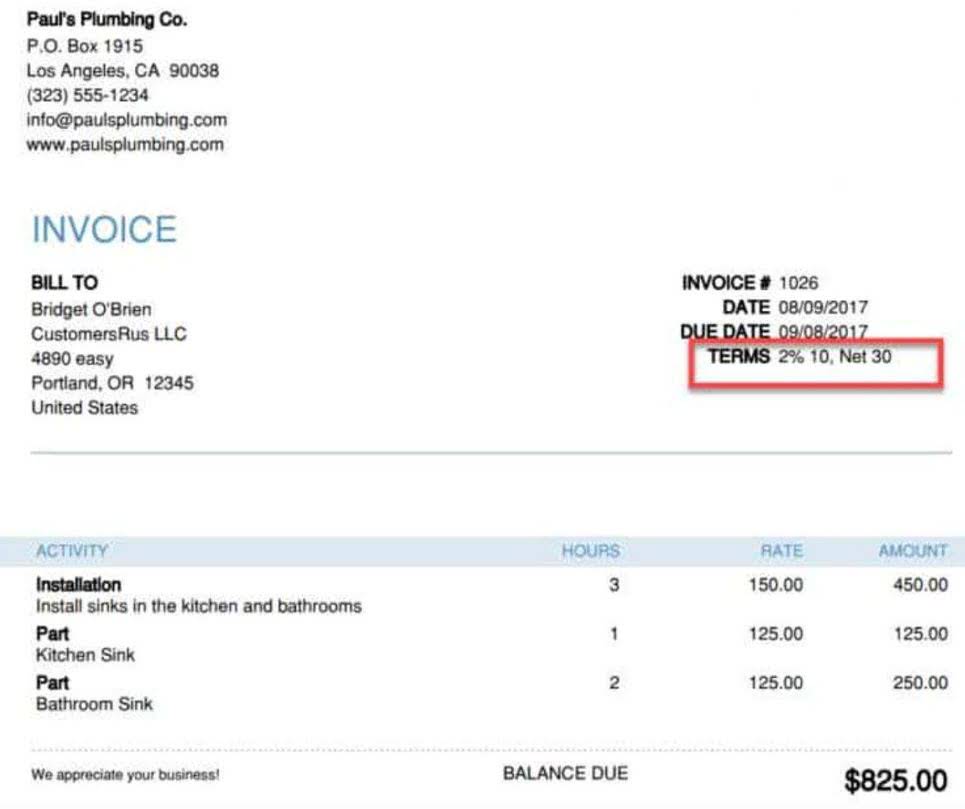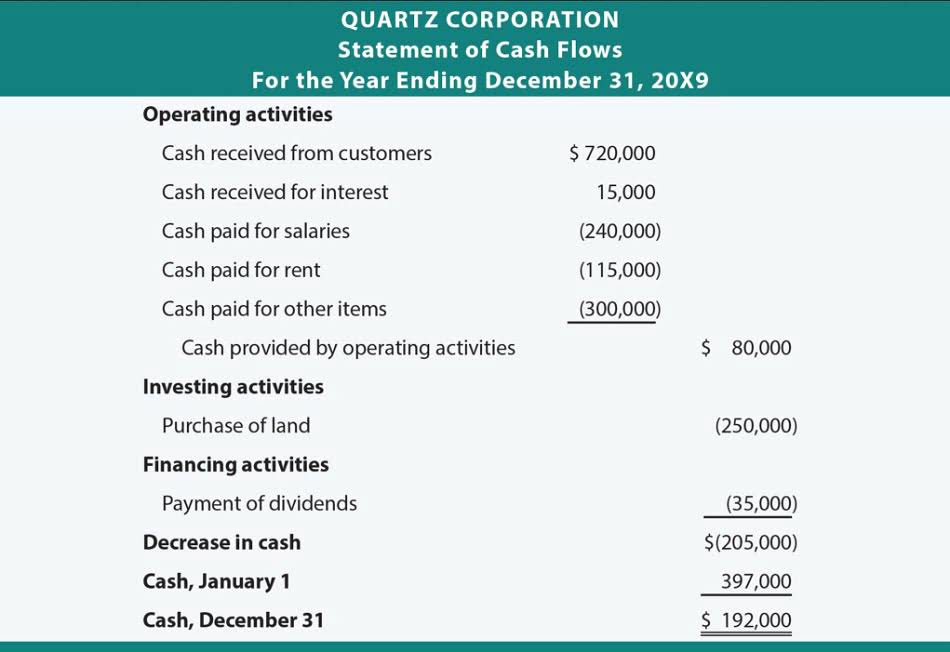Double Declining Balance Method of Depreciation

Generally Accepted Accounting Principles (GAAP) allow for various depreciation methods, including DDB, as long as they provide a systematic and rational allocation of the cost of an asset over its useful life. First, determine the annual depreciation expense using the straight line method. This is done by subtracting the salvage value from the purchase cost of the asset, then dividing it by the useful life of the asset.
- This rate is applied to the asset’s book value at the beginning of each year, not its original cost.
- By applying double the straight-line depreciation rate to the asset’s book value each year, DDB reduces taxable income initially.
- A double-declining balance method is a form of an accelerated depreciation method in which the asset value is depreciated at twice the rate it is done in the straight-line method.
- The first step for the retailer is to record the depreciation for the three weeks that the truck was used in January.
- We just looked at the double declining balance depreciation method, the others shouldn’t take too long to master.
- This approach is reasonable when the utility of an asset is being consumed at a more rapid rate during the early part of its useful life.
What Assets Are DDB Best Used for?
- The company ABC has the policy to depreciate the machine type of fixed asset using the declining balance depreciation with the rate of 40% per year.
- Through this example, we can see how the DDB method allocates a larger depreciation expense in the early years and gradually reduces it over the asset’s useful life.
- An asset account which is expected to have a credit balance (which is contrary to the normal debit balance of an asset account).
- This accelerated rate reflects the asset’s more rapid loss of value in the early years.
- By dividing the $4 million depreciation expense by the purchase cost, the implied depreciation rate is 18.0% per year.
- Our AI-powered Anomaly Management Software helps accounting professionals identify and rectify potential ‘Errors and Omissions’ on a daily basis so that precious resources are not wasted during month close.
- It automates the feedback loop for improved anomaly detection and reduction of false positives over time.
Hence, our calculation of the depreciation expense in Year 5 – the final year of our fixed asset’s useful life – differs from the prior periods. Salvage value, also known as residual value, is the estimated amount an asset is expected to QuickBooks ProAdvisor be worth at the end of its useful life. For Double Declining Balance calculations, the salvage value is not subtracted from the asset’s cost to determine the depreciable base each year. Instead, it acts as a floor, meaning the asset’s book value cannot be depreciated below this estimated residual amount. If you make estimated quarterly payments, you’re required to predict your income each year.
Double Declining Balance Depreciation: Formula & Calculation

Apply this rate to the asset’s remaining book value (cost minus accumulated depreciation) at the start of each year. So if an asset with a 10-year life and no salvage value depreciates at 10% per year straight-line, the DDB rate would be 20%. It’s ideal for machinery and vehicles where wear and tear are more closely linked to how much they’re used rather than time alone. Calculate it by dividing the total cost minus salvage value by the estimated total units the asset will produce https://bsinternationalproperties.com/what-is-a-liability/ or hours it will operate over its life. Multiply this rate by the actual units produced or hours operated each year to get your depreciation expense.

Calculating Double Declining Balance Depreciation
- We will illustrate the details of depreciation, and specifically the straight-line depreciation method, with the following example.
- As a result these items are not reported among the assets appearing on the balance sheet.
- The asset’s cost minus its estimated salvage value is known as the asset’s depreciable cost.
- Instead, it acts as a floor, meaning the asset’s book value cannot be depreciated below this estimated residual amount.
To calculate the depreciation expense for the first year, we need to apply the rate of depreciation (50%) to the cost of the asset ($2000) and multiply the answer with the time factor (3/12). If the company was using the straight-line depreciation method, the annual depreciation recorded would remain fixed at $4 million each period. The steps to determine the annual depreciation expense under the double declining method are as follows. Certain fixed assets double declining balance depreciation are most useful during their initial years and then wane in productivity over time, so the asset’s utility is consumed at a more rapid rate during the earlier phases of its useful life. If something unforeseen happens down the line—a slow year, a sudden increase in expenses—you may wish you’d stuck to good old straight line depreciation. While double declining balance has its money-up-front appeal, that means your tax bill goes up in the future.

How do I calculate depreciation percentage?
As the declining balance depreciation uses the net book value in the calculation, the company doesn’t need to determine the depreciable cost like other depreciation methods. In other words, unlike other depreciation methods, the salvage value is ignored completely when the company calculates the declining balance depreciation. The company can calculate declining balance depreciation for fixed assets with the formula of the net book value of fixed assets multiplying with the depreciation rate. Common mistakes in applying this formula include overlooking the correct book value, underestimating or overestimating the asset’s useful life, and failing to account for salvage value limits.
- To illustrate the double declining balance method in action, let’s use the example of a car leased by a company for its sales team.
- A balance on the right side (credit side) of an account in the general ledger.
- The Units of Output Method links depreciation to the actual usage of the asset.
- Calculate it by dividing the total cost minus salvage value by the estimated total units the asset will produce or hours it will operate over its life.
- The reason is that it causes the company’s net income in the early years of an asset’s life to be lower than it would be under the straight-line method.




